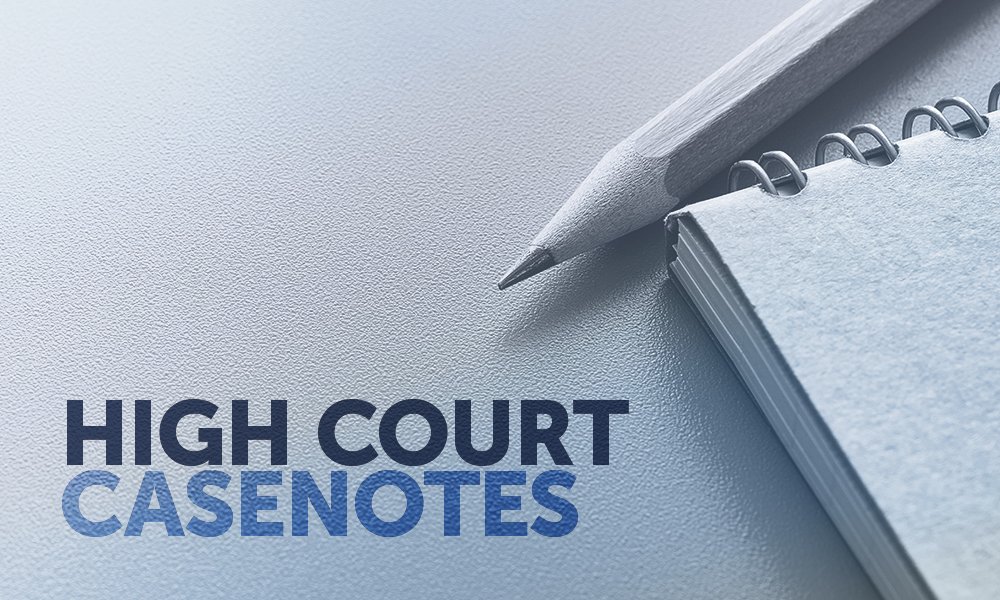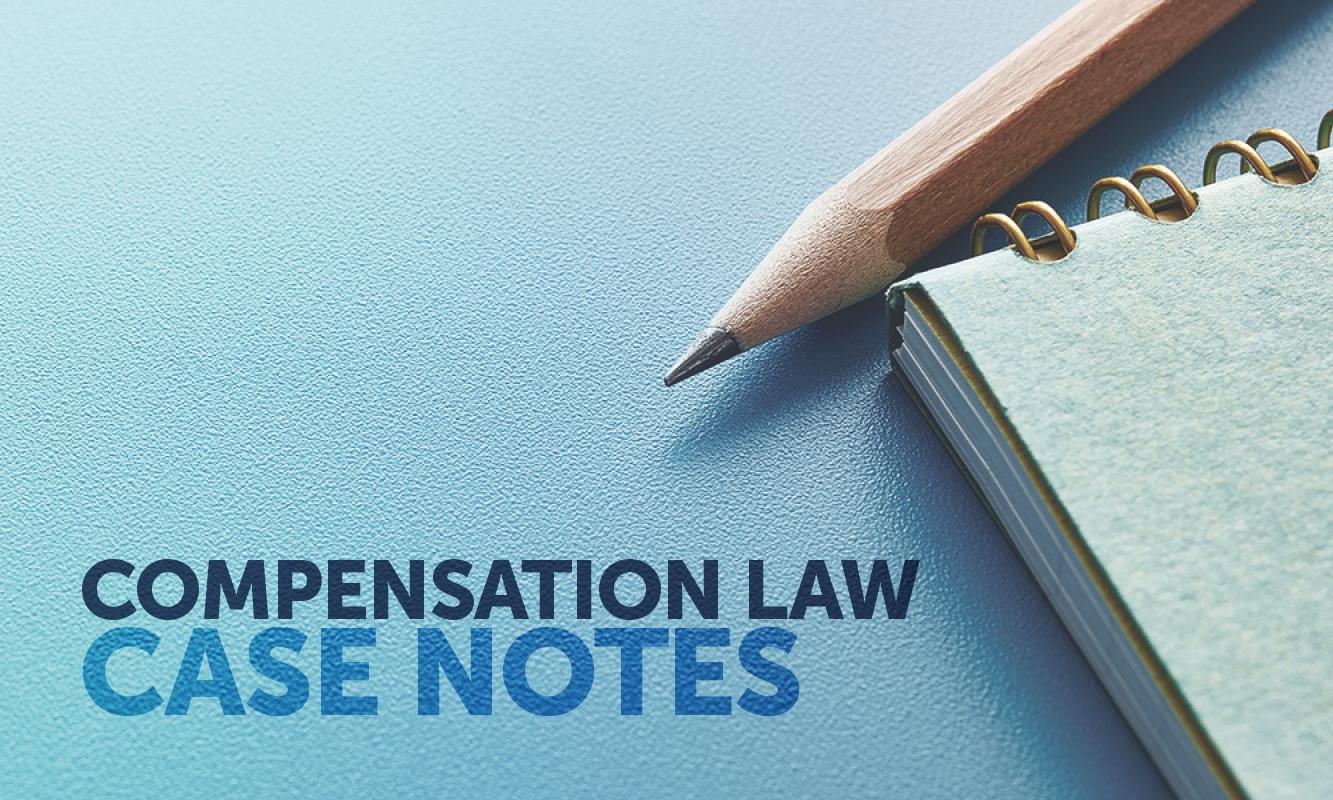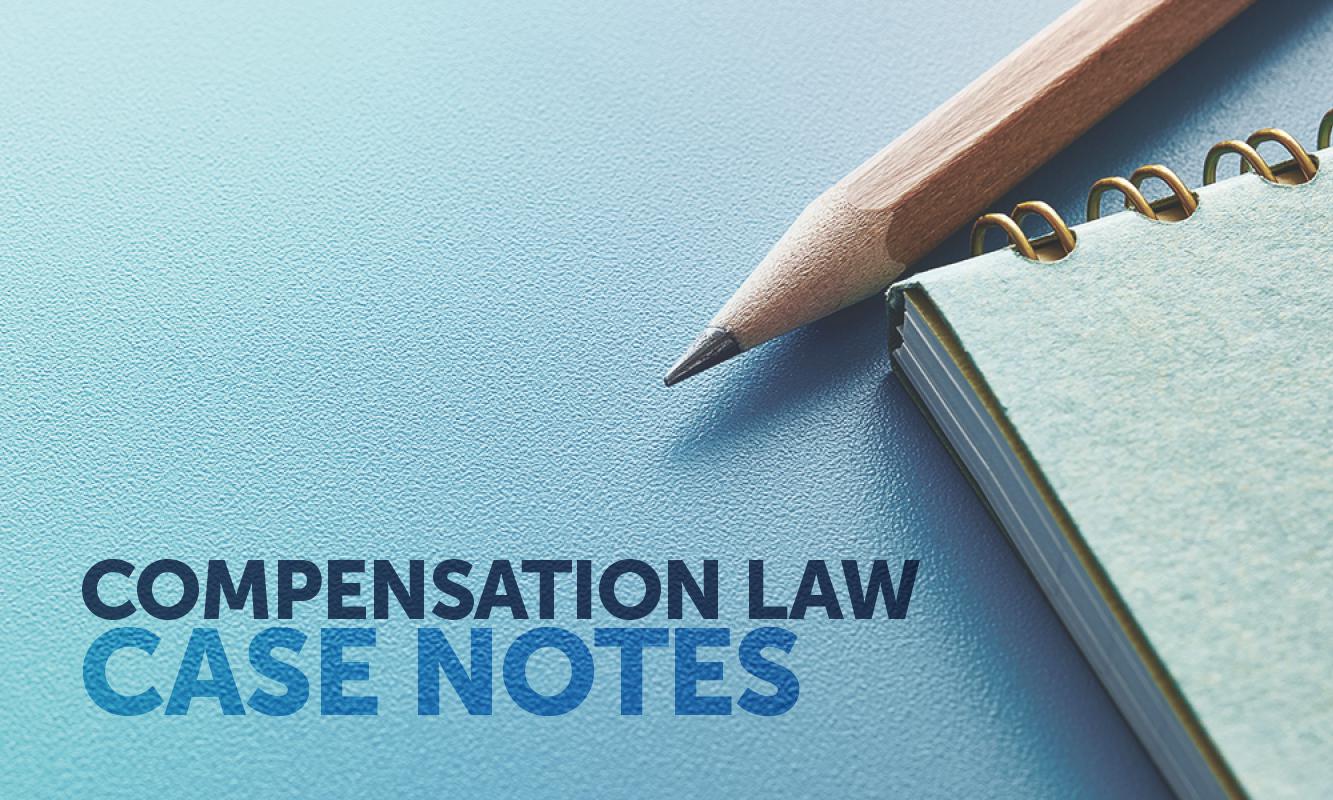The High Court effectively declared 8 February 2023 ‘insolvency day’ at the court by treating insolvency practitioners to the delivery of two decisions on the operation of voidable transactions in insolvency, governed by Part 5.7B of the Corporations Act 2001 (Cth) (the Act).
Both decisions were also concerned with transactions alleged to be an unfair preference given by one company to the company’s creditor, within the meaning of s588FA of the Act.
Unfair preferences – set-off
In Metal Manufacturers Pty Limited v Morton [2023] HCA 1 (8 February 2023), the High Court was required to determine whether a set-off under s553C(1) of the Actcould be raised against a liquidator’s claim for recovery of an amount received as an unfair preference.
The appellant was paid $50,000 and $140,000 by MJ Woodman Electrical Contractors Pty Ltd (MJ Woodman). Both payments were made within the six-month period prior to the winding up of MJ Woodman (relation-back period). MJ Woodman’s liquidator, the first respondent, sought to recover both payments from the appellant under s588FF(1)(a) of the Act on the basis that each payment was an unfair preference.
It was an admitted fact that MJ Woodman owed the appellant money, and that this was a separate and distinct debt from the appellant’s liability in respect of the unfair preference payment. Given that the debt exceeds the liability, if the appellant could set-off its debt against the liability, the liquidator would not get an order for payment.
Accordingly, the primary judge (Derrington J) reserved for consideration by the Full Court of the Federal Court the question of whether a set-off, under s553C(1) of the Act, was available to the appellant against the liquidator’s claim for recovery of the unfair preference. The Full Court’s answer was “No” (Allsop CJ, Middleton and Derington JJ agreeing).
The appellant sought a different answer from the High Court but was disappointed again. The High Court unanimously dismissed the appeal. Keifel CJ, Gordon, Edelman and Steward JJ observed, at [45], that s553C(1) – properly construed in context of the statutory scheme of liquidation – requires that the mutual debts, mutual credits or other dealings referred to in the section, be mutual debts, mutual credits or other dealings existing in some form before the winding up of the company.
Their Honours point out, at [46], that immediately before the commencement of the winding up of MJ Woodman, the company owed the appellant money but the appellant did not, at that time, owe MJ Woodman any money. The unfair preference liability plainly did not, and could not, exist prior to the winding up of MJ Woodman.
Their Honours, at [56], declared that, to the extent that other authorities are inconsistent with their analysis, they should now be considered wrongly decided. In a separate judgment, Gageler J agreed with reasons given by Keifel CJ et al, but went on to write further about the concept of mutuality in s553C of the Act.
Gageler J, at [73], observes that the right to seek recovery of the unfair preference liability is a statutory right conferred on the liquidator (not the company), for the benefit of the general body of creditors and, as such, there could be no mutuality of interest between the unfair preference liability and the debt incurred by the company (now in liquidation).
Unfair preferences – peak indebtedness rule and continuing business relationship
In Bryant v Badenoch Integrated Logging Pty Ltd [2023] HCA 2 (8 February 2023), the High Court was required to determine two key issues: whether the so-called ‘peak indebtedness rule’ (PIR) is part of, or excluded by, s588FA(3) of the Act, and the proper approach to ascertain whether a transaction is “for commercial purposes, an integral part of a continuing business relationship” within the meaning of s588FA(3)(a) of the Act.
The appellants are the liquidators of Gunns Limited and its wholly owned subsidiary, Auspine Limited (collectively, Gunns). The respondent (Badenoch) is a creditor of Gunns.
In 2003, Badenoch entered into an agreement with Gunns to supply Gunns with timber. Under that agreement, Badenoch invoiced Gunns for the timber at the end of each calendar month, and payment of the invoice fell due on the last business day of the following month.
The parties renewed the agreement in 2008 for a further period ending in June 2013. But, in 2010, Gunns suffered significant declines in revenue. And, in 2011 and 2012, Gunns’ financial position grew precarious. Badenoch continued to supply Gunns with timber during this period despite Gunns frequently being either late in making payments, or making only partial payments of Badenoch’s invoices.
Badenoch did various things to protect itself from Gunns’ increasing indebtedness, such as threatening to cease supply, ceasing supply for short periods and issuing letters of demand, among other things. Finally, in August 2012, Badenoch agreed with Gunns to terminate the agreement on the basis that it would continue to supply some timber for a further short period, to allow another supplier time to “get up to speed”.
On 25 September 2012, while Badenoch was still supplying Gunns, Gunns appointed the liquidators as joint and several administrators. Subsequently, the liquidators applied, under s588FF(1) of the Act, to have payments made by Gunns to Badendoch during the relation-back period (26 March 2012 to 25 September 2012) declared to be voidable transactions.
After a separate, contested hearing, the primary judge (Davies J) determined Gunns’ insolvency date to be 30 March 2012. The liquidators then contended that all payments made by Gunns to Badenoch between 30 March 2012 and 25 September 2012 were voidable transactions. The liquidators also contended that, if there was a ‘continuing business relationship’ between Gunns and Badenoch (triggering s588FA(3) of the Act), the liquidators were entitled by the PIR to choose the starting date within the relation-back period to prove the existence of an unfair preference by Gunns to Badenoch.
On the basis that the continuing business relationship ended by 30 June 2012, the liquidators chose 31 May 2012 as the starting point of the ‘single transaction’ for the application of s588FA(1) of the Act. On that date Gunns’ indebtedness to Badenoch peaked at $1,416,563.31. By 30 June 2021 that debt had been reduced by Gunns to $1,365,321.02. The liquidator claimed that the difference between the two sums represented the amount of Gunns’ unfair preference.
At first instance the primary judge held that the PIR continued to apply under s588FA(3) of the Act and, as such, the liquidators were entitled to determine the date of the first transaction in the ‘relationship’ for the purpose of the comparison required by s588FA(1)(b).
The primary judge also held that only a couple of the Gunns’ payments (that is, ‘payments 3 and 4’), made in May and June 2012, were an integral part of a continuing business relationship and subject to s588FA(3) of the Act. As to the other payments, the primary judge considered that these payments were directed to the partial payment of the old debt rather than the provision of continuing services.
On appeal to the Full Court of the Federal Court, the Full Court (Middleton, Charlesworth and Jackson JJ) held that the PIR was inconsistent with the reasoning in Airservices Australia v Ferrier (1996) 185 CLR 483, which was concerned with the ‘running account principle’ and the associated ‘doctrine of ultimate effect’, embodied in s588FA(3) of the Act. The doctrine of ultimate effect, as the name suggests, stipulates that, in determining whether a payment is a preference, regard must be had to the ultimate – as distinct from immediate – effect of the payment.
The Full Court also held that, if the purpose of the payment is to induce the creditor to provide further goods or services, as well as discharge an existing debt, the payment will not be a preference unless the payment exceeds the value of the goods or services – and, in each case, the court looks to the ultimate effect of the transaction.
The Full Court went on to find – contrary to the findings of the primary judge – that two payments (‘payments 1 and 2’) were part of a continuing business relationship. The Full Court otherwise agreed with the primary judge’s characterisation of the balance of the payments.
In a unanimous decision the High Court dismissed Gunns’ appeal. Jagot J set out reasons for the decision with which Kiefel CJ, Gagler, Gordon, Edelman, Steward, and Gleeson JJ agreed. Jagot J, at [45], cautions that it “cannot be assumed or inferred” that by incorporating the running account principle, in s588FA(3), the legislature also intended to incorporate the PIR.
Jagot J then embarks on an examination of the relevant sections of the Act, explanatory memorandum (EM) and the cases referred to in the EM. At the end of this journey, Jagot J concludes, at [76], that while the running account principle is plainly embodied in the Act, in s588FA(3), the PIR is not. Although, Jagot J, at [77], considers that the PIR is not irreconcilable with the running account principle.
Jagot J also notes that, in most cases, some date will have to be chosen to allow for a comparison to be made to determine whether the payment is a preference, and that it might as well be the liquidator who does the choosing.
As to the proper approach to determine whether a “transaction is, for commercial purposes, an integral part of a continuing business relationship”, Jagot J simply observes, at [79] and [85], that the task is one of objectively ascertained fact. Adopting this approach Jagot J reaches the same conclusion as the Full Court as to the characterisation to be given to Gunns’ payments to Badenoch.
Dr Michelle Sharpe is a Victorian barrister practising in general commercial, real property, disciplinary and regulatory law, 03 9225 8722, email msharpe@vicbar.com.au. The full version of these judgments can be found at austlii.edu.au.














Share this article